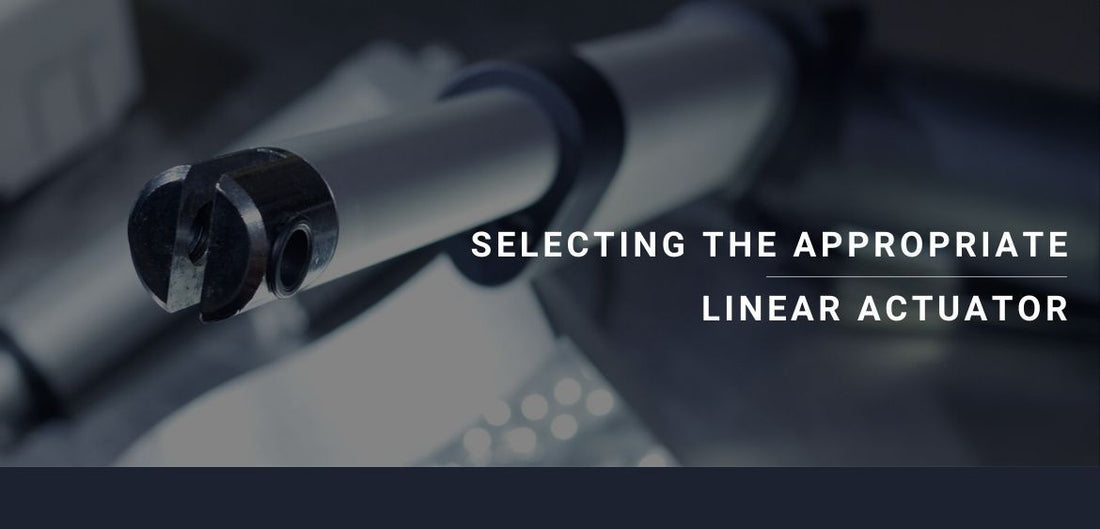One of the great things about working at Progressive Automations is hearing from customers about how they plan to use our actuators. From home fixtures to industrial applications, the sky is the limit for automation. In order to realize your ideas for using our linear actuators, there are many parameters which must be determined about the intended application. In this series, we present useful design techniques for determining how our actuators can be used.
Introduction
So you want to lift up a cellar door? Or slide a hidden bookshelf? Great! Now where to start …
The first step in any design with linear motion is determining how the actuator will be positioned to move an object. Once this is determined, the basic dimensions of the actuator – its force and length – can easily be determined. Careful attention to detail in this stage of design can actually save money, as the system may be capable of operating without additional switches to limit movement (more on that later); poor planning can produce a linear motion system that moves unnecessarily slow, puts undue stress on the surrounding structure, is prone to burning out or is generally unsafe.
Goals of the Design
The goal of this design process will be to select an actuator and mounting position that will:
- maximize the amount of movement in the system,
- keep the actuator within safe operating conditions,
- minimize wear and strain on the actuator.
Selecting an Actuator
This step is the most important when you've decided to create an application that uses electric actuators.
Overall Length
The distance between the mounting holes of an actuator (with the exception of the PA-18 track actuator) can be described by the following equations:

Note: the body of the housing (which includes the motor, gears and the bottom mount) is a constant, fixed-length specific to each series of actuators and is independent of the stroke length. A page containing tables of the retracted and extended lengths of all the regularly stocked stroke sizes for each of our actuator models can be found on the Hole to Hole tab of the resource page.
Limit Switches
All of our electric linear actuators come with built-in limit switches which will automatically stop the motor when the actuator is fully extended or retracted. The built-in limit switch works by breaking the circuit to the motor, and so it can be relied upon to safely and consistently stop the actuator at a specific point. If the actuator stops moving because it has jammed against something, either the actuator will break or it will break whatever it is mounted to. Hence, the only safe way to stop an actuator that is not fully extended or retracted is to stop applying power externally.
It is good practice to allow an actuator space to fully extend or retract, and let its built-in limit switches dictate the total sweep of movement in a system. If a system cannot be made so the actuator can fully extend or retract, external limit switches can be placed in the system so the actuator (or another moving part) makes contact before the actuator is fully extended or retracted.
Mounting Location
The mounting location of the actuator will affect both the maximum force that the actuator will have to push as well as the stroke length. In general, the more that a mounting location is hidden or discrete, the greater the force required to move the object. It is important to remember that the way an actuator is mounted can easily double or quadruple the apparent force on the actuator, and so a calculation of the force should always be attempted, even if it is just a ‘ballpark’ estimate.
One common misconception about linear actuators is that they can replace gas struts (i.e. shock absorbers) by being mounted in the exact same location. Gas struts aid the user by holding an object in place or by reducing the force needed to move an object; they do not exert all of the moving force as an actuator must do. Gas struts also have a low profile and can be mounted very discretely. Placing an actuator in the same place that a gas strut once was (such as under the hood of a car) should only be done after calculating the maximum force that the actuator will have to move.
Unless the actuator is sliding an object in the same direction it is mounted, the actuator will likely pivot in its mounts as it moves the object. Be careful to make sure that the actuator will have plenty of room to move around, and that the only contact the actuator makes with the supporting structure is via the mounting brackets.
Force and Torque
After having selected a length and mounting location, the only remaining task in choosing an actuator is to calculate the maximum force on the actuator. An actuator will experience different forces depending on how it is mounted. An easy method of calculating force in systems with rotational movement is to convert all forces to torques.
Lever Arm
The force of gravity tends to create torque in the clockwise direction, with a lever arm equal to half the length of the bar. The force needed by an actuator to oppose this torque depends on the lever arm formed by the actuator and the angle the actuator makes with respect to the bar.
Angle
Mounting location B is in the middle of the bar, and so the lever arms of the torques due to gravity and the actuator are the same. Mounting position A is between the hinge and the middle of the bar, so the lever arm that an actuator would form is smaller than the lever arm formed by gravity.

Figure 1: Pivoting member with possible mounting locations highlight
Therefore, the force of an actuator positioned in A will have to be greater than if it were positioned in B. It should be clear that in both cases, the greatest force occurs when the bar is horizontal; as the bar is lowered, the force needed to hold the bar in place decreases because the lever arm due to gravity also decreases.
The above analysis considered how the mounting location affects the lever arm and the forces on an actuator. To completely determine the force requires considering the angle formed between the actuator and the bar. As the angle between the bar and the actuator decreases, the force on the actuator will increase. Considering that the force on the actuator is greatest when the bar is horizontal, the angle between the actuator and the bar should be as close to ninety degrees as possible at this point.
Of course, this would mean that the actuator is mounted directly underneath the bar, on the ground, which isn’t very practical. Consider mounting positions 1 and 2 used in combination with B: the angle formed between the actuator in 1B is smaller than the angle in 2B, and so the force would be greater for an actuator. Note, however, that with the actuator in position 2B, the object will not be able to move as far as in, e.g. 1A. In general, as the mounting position is affected in such a way that the force on the actuator is reduced, the total range of motion in the system decreases.




